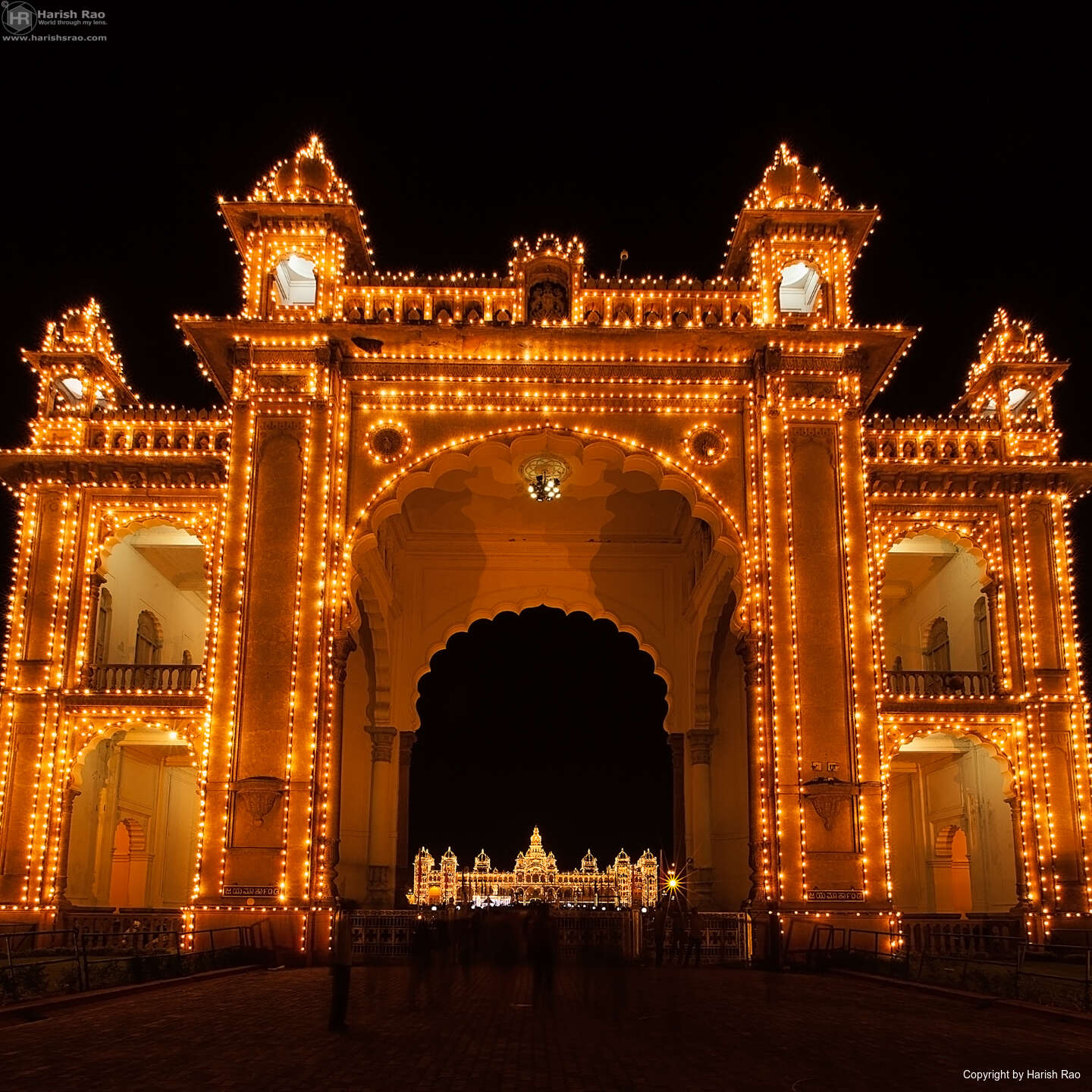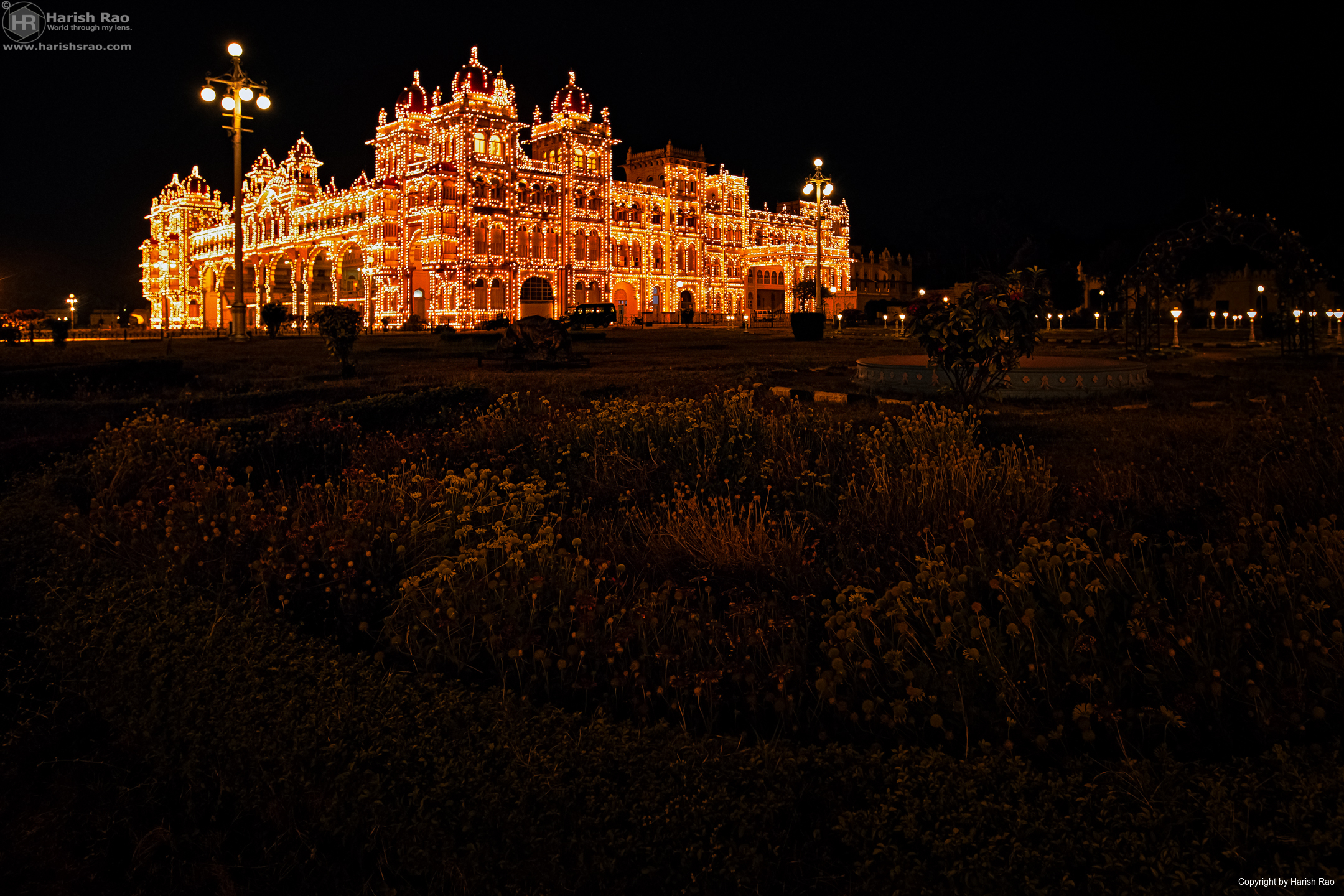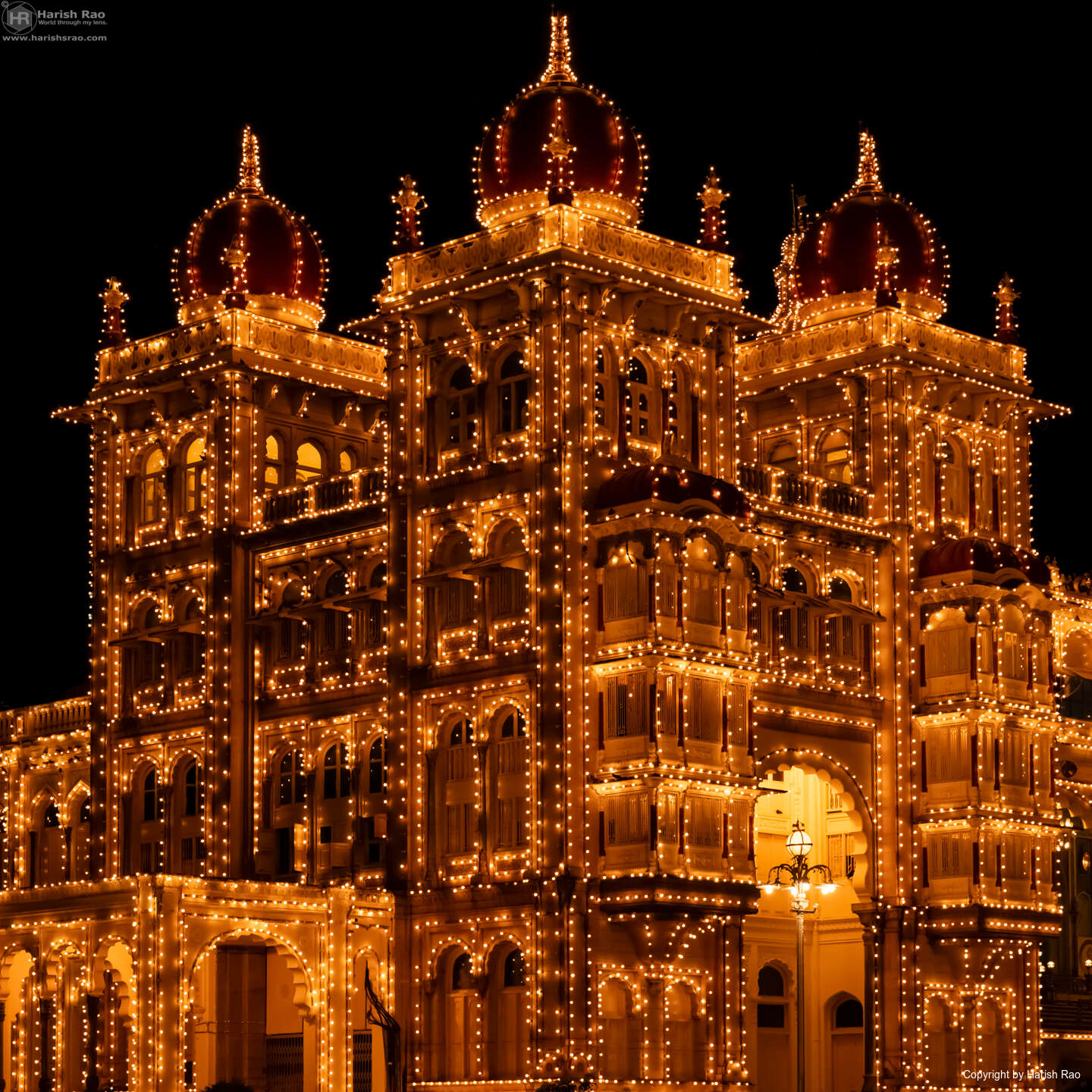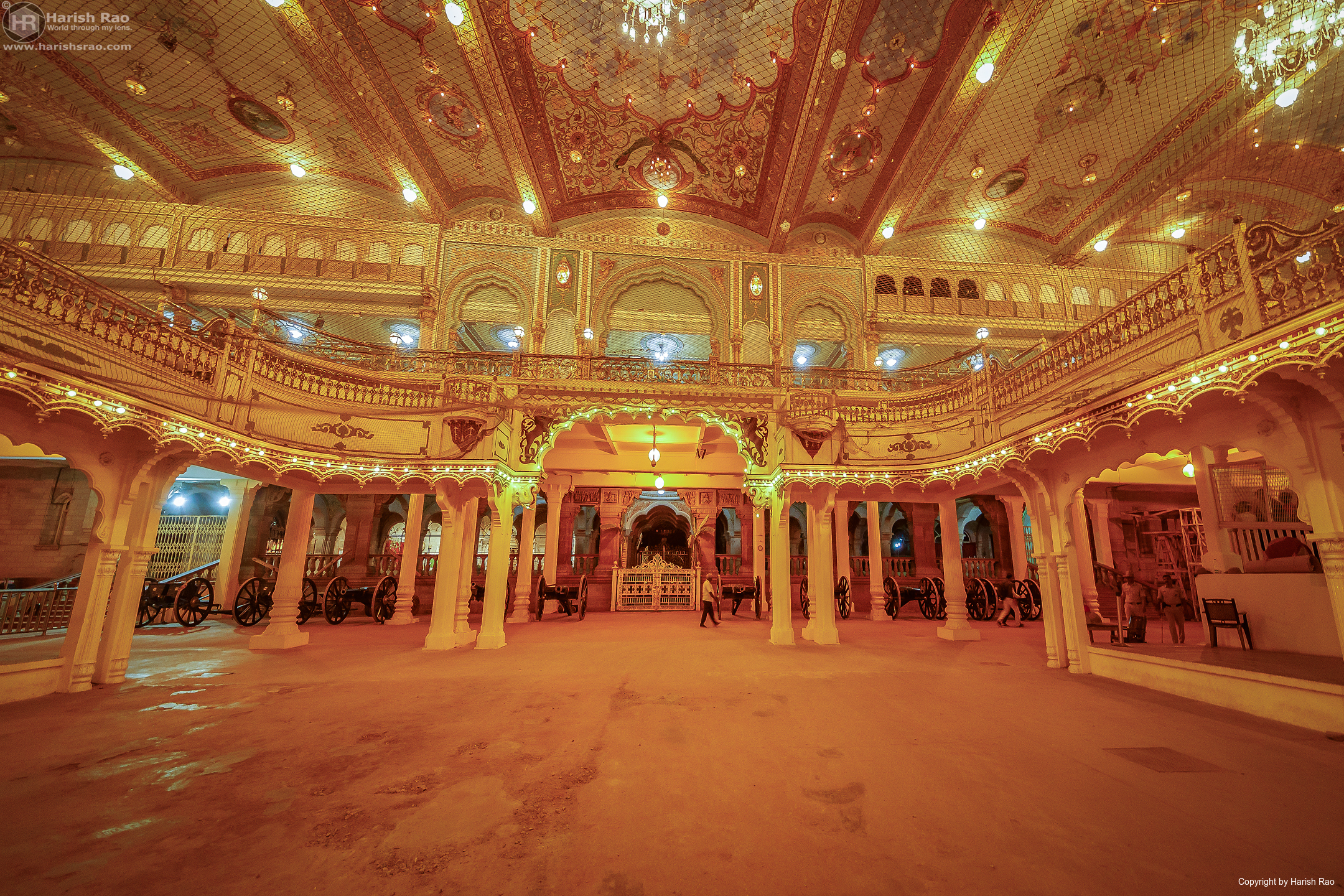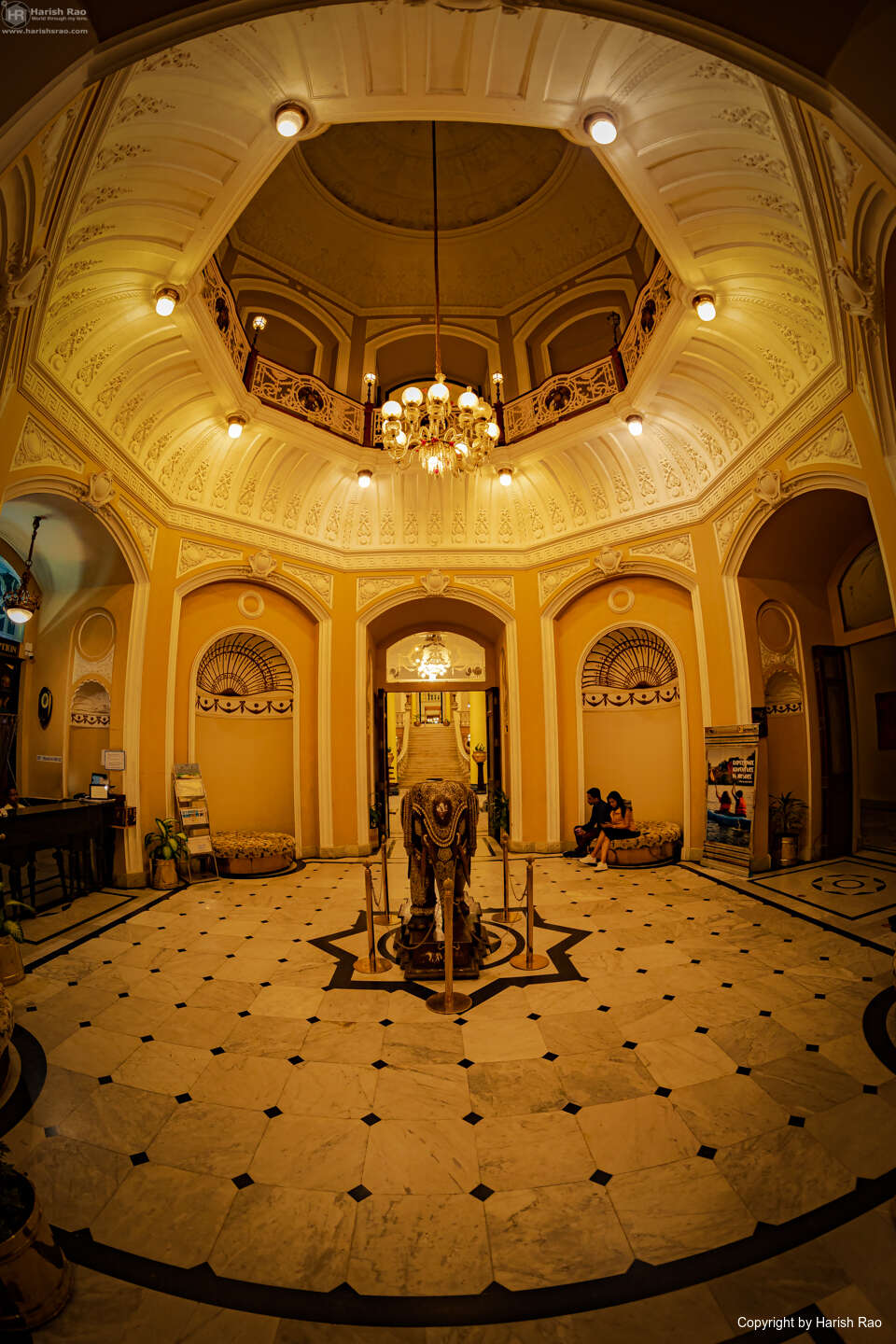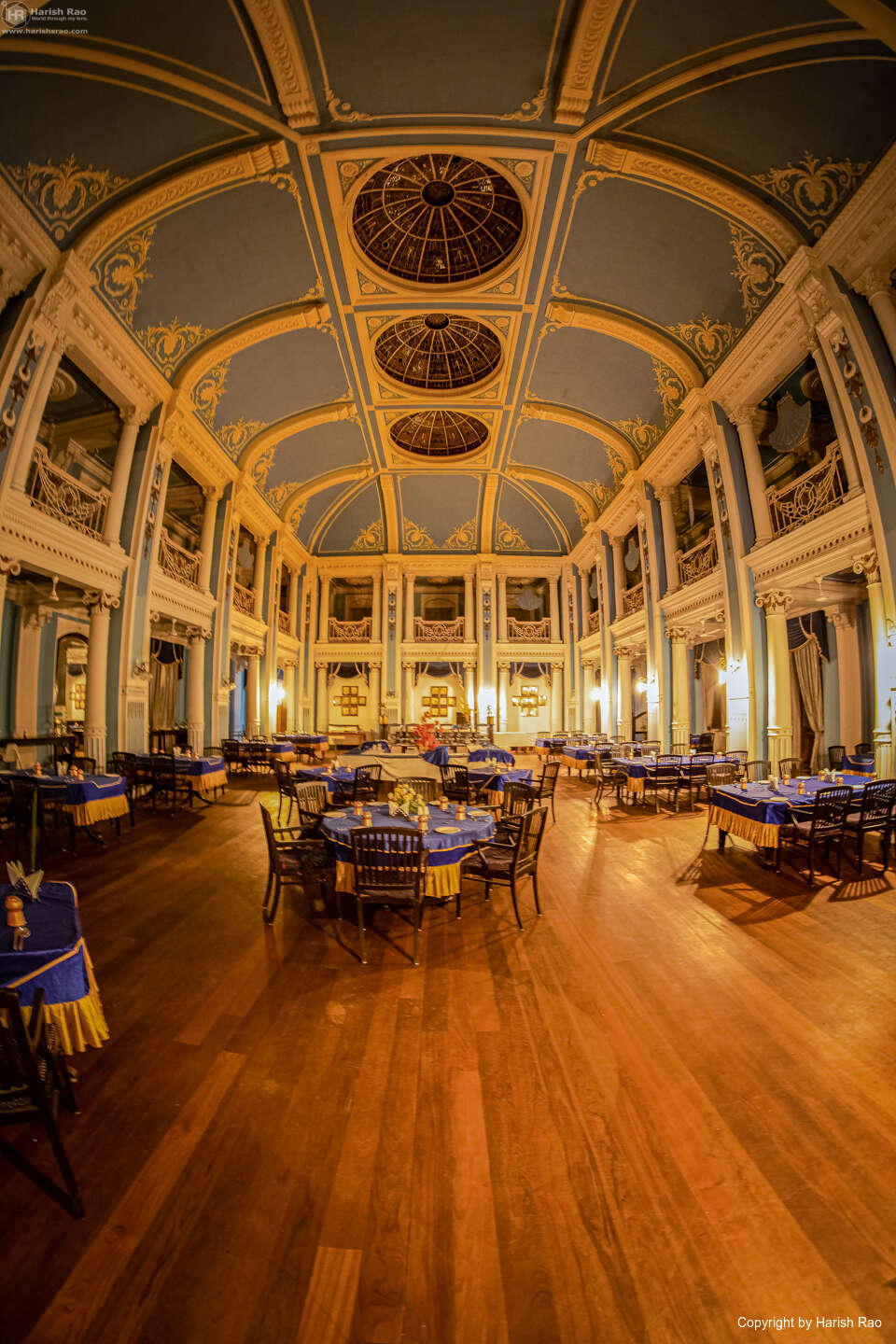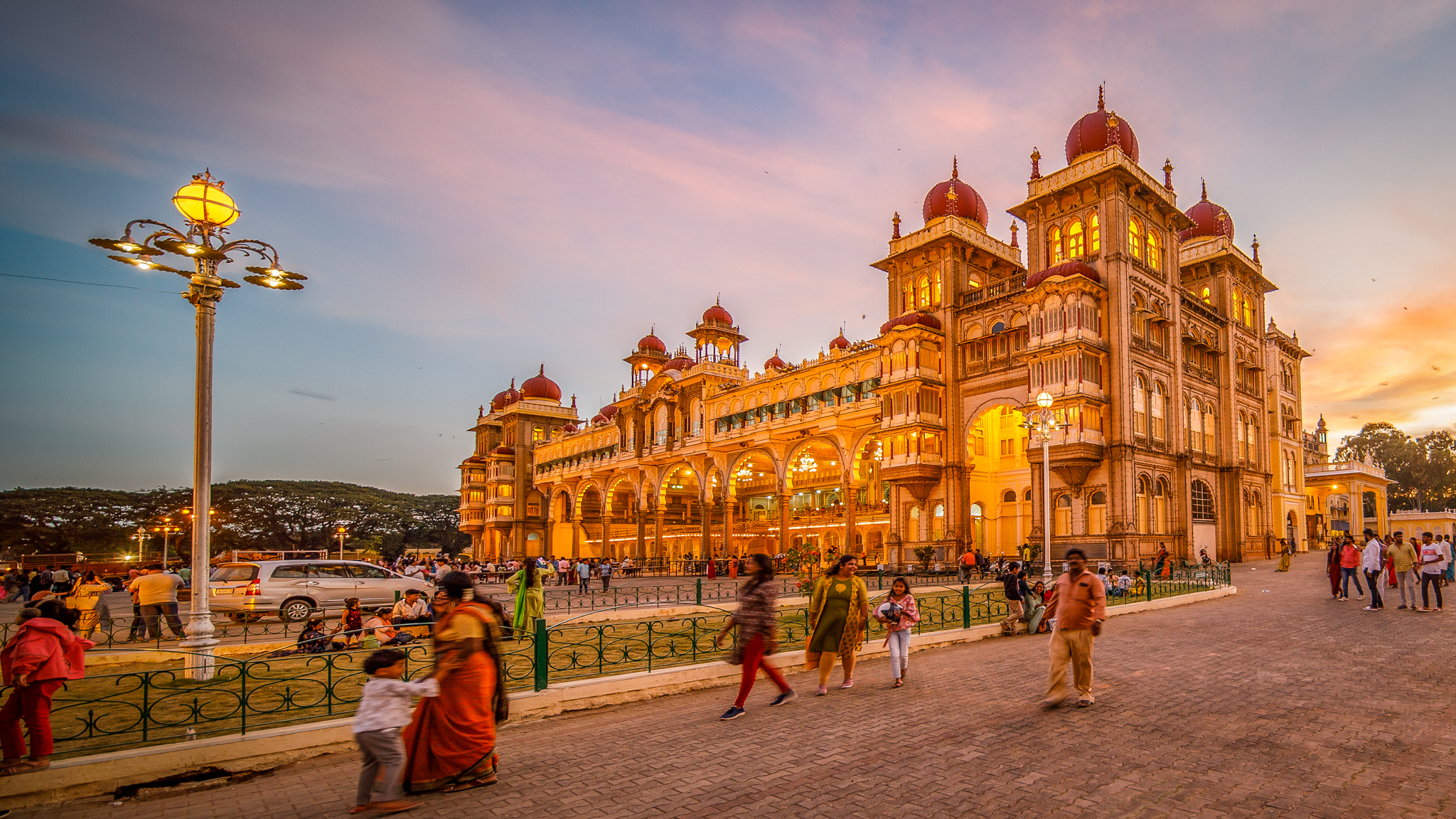
Discover Mysore: Timeless beauty, modern spirit.
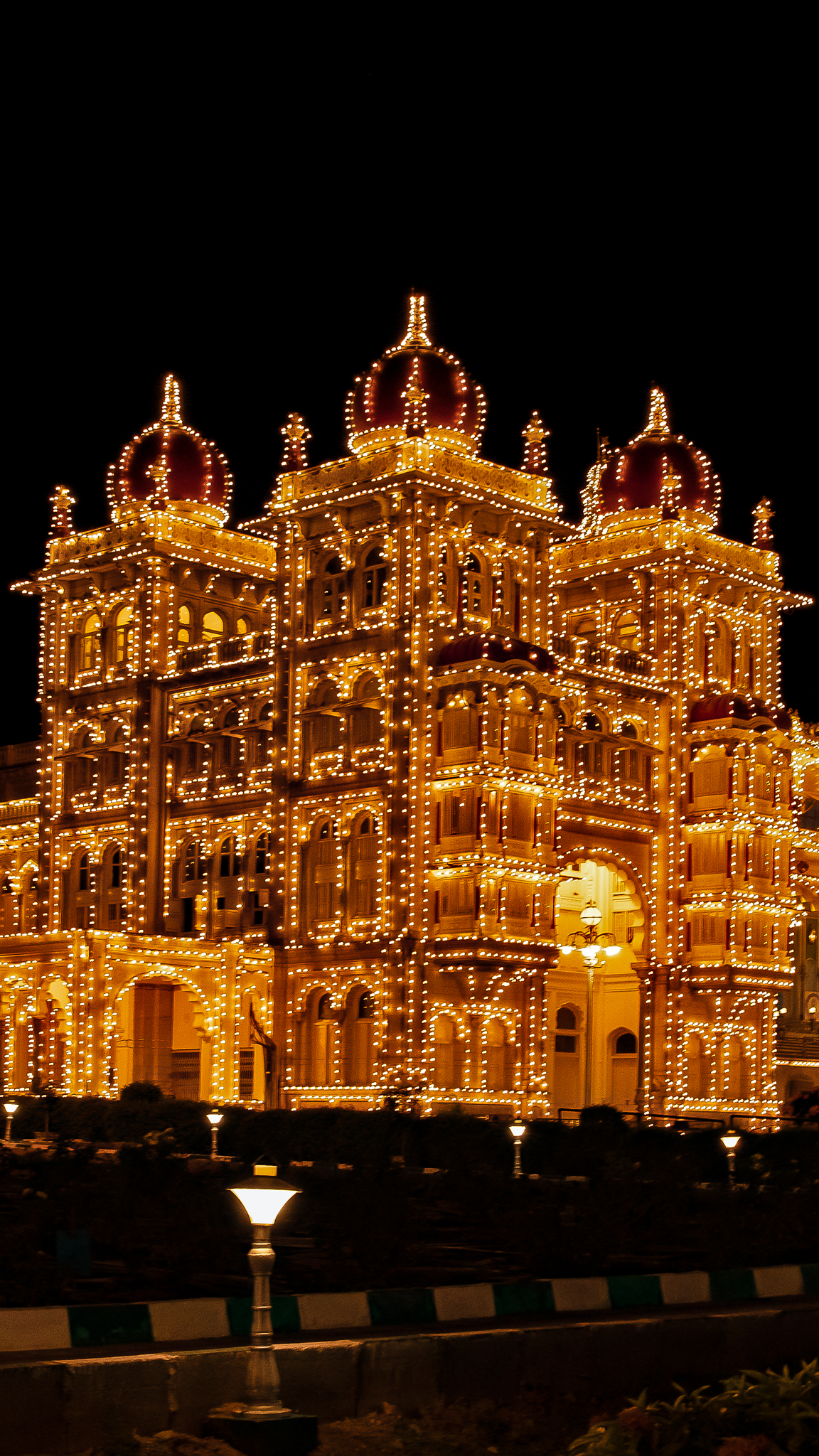
Discover Mysore: Timeless beauty, modern spirit.
About Mysore:
Mysore, a city in the southern part of India, is a captivating tourist destination that seamlessly blends rich history, vibrant culture, and architectural splendor that make Mysore a must-visit place:
- Majestic Mysore Palace : The Amba Vilas Palace, commonly known as the Mysore Palace, is an architectural marvel. Its intricate Indo-Saracenic design, adorned with colorful frescoes, intricate carvings, and opulent interiors, transports visitors to a bygone era of royalty.
- Chamundi Hill: Perched a top Chamundi Hill, the Chamundeshwari Temple offers breathtaking panoramic views of Mysore. The temple, dedicated to the goddess Chamundeshwari, attracts pilgrims and tourists alike.
- Devaraja Market: A sensory delight awaits at the bustling Devaraja Market. From fragrant spices and vibrant silk sarees to fresh flowers and exotic fruits, this market is a treasure trove for shoppers.
- St. Philomena’s Church: The neo-Gothic architecture of St. Philomena’s Church stands tall, reminiscent of European cathedrals. Its stained glass windows and serene ambiance make it a serene spot for reflection.
- Brindavan Gardens: Just outside Mysore lies the enchanting Brindavan Gardens, famous for its musical fountain show. As dusk settles, the illuminated gardens come alive, creating a magical atmosphere.
- Mysore Zoo: Established in 1892, the Sri Chamarajendra Zoological Gardens houses a diverse collection of animals, including rare species. A visit here is both educational and entertaining.
- Silk and Sandalwood: Mysore is renowned for its silk sarees and sandalwood products. Don’t miss the chance to explore local markets and pick up souvenirs.
- Dasara Festival: During the Mysore Dasara, the city transforms into a grand stage for cultural performances, processions, and the famous Jambu Savari (elephant procession).
Whether you’re drawn to its regal past, spiritual sites, or vibrant markets, Mysore promises an unforgettable experience for every traveler.
Majestic Mysore Palace :
In the heart of Mysore stands the Mysore Palace, a testament to grandeur and endurance. Let me take you on a journey through its storied past, where architectural marvels meet tales of valor and love.
In the late 19th century, during the wedding of Jayalakshammani, the eldest daughter of Maharaja Chamaraja Wodeyar, disaster struck. The Old Palace, a wooden structure that had witnessed centuries of royal life, succumbed to flames. The Wodeyars, undeterred, resolved to build a new palace that would surpass all imagination.
Maharaja Krishnaraja Wodeyar IV, a visionary ruler. He commissioned the British architect Henry Irwin to create a palace that would blend tradition with modernity. While construction was underway, the royal family stayed in the nearby Jaganmohan Palace.
Irwin’s design was a symphony of styles—Indo-Saracenic with echoes of Hindu, Mughal, Rajput, and Gothic influences. The palace’s gray granite facade stood tall, while deep pink marble adorned its domes. The stained glass windows danced with sunlight, and the carved wooden doors whispered tales of yore.
As the sun begins its descent, casting a warm golden hue upon the city of Mysore, the grand silhouette of the Mysore Palace emerges. The gray granite walls, adorned with intricate carvings, stand resolute against the fading light. The domes, once vibrant pink, now take on a deeper shade, as if whispering secrets of centuries past.
The palace’s stained glass windows come alive, reflecting the last rays of the day. Each pane tells a story—a tale of celebrations, coronations, and quiet moments within these opulent chambers. The chandeliers, suspended from high ceilings, await their nightly duty—to illuminate the grand ballrooms and corridors.
As darkness envelops the city, the palace illuminates. Thousands of bulbs, strategically placed, transform it into a fairy-tale wonder. The reflection in the nearby Kukkarahalli Lake doubles its splendor, creating a mesmerizing scene. The courtyard, once bustling with courtiers, now lies tranquil, the fountains casting delicate sprays under the moon’s watchful gaze.
Visitors gather, their footsteps echoing on the marble floors. They crane their necks to admire the intricate details—the floral motifs, the mythical creatures, and the royal insignia. Cameras click, capturing this ephemeral beauty, hoping to freeze a moment that defies time.
As the night settles, the Mysore Palace stands as a beacon—a symbol of resilience, artistry, and the enduring spirit of a dynasty. It whispers to those who listen: “Come, wander through my corridors, and let history embrace you.
As the night settles, the Mysore Palace stands as a beacon—a symbol of resilience, artistry, and the enduring spirit of a dynasty. It whispers to those who listen: “Come, wander through my corridors, and let history embrace you.
The grand archways, framed by delicate filigree, beckon visitors. As you step inside, the courtyard reveals its secrets. Fountains dance, their water catching the light, creating a symphony of reflections. The palace guards, dressed in traditional attire, stand watch, their uniforms aglow.
And there it is—the central tower, crowned with a golden kalasha. It pierces the night sky, a beacon for miles around. The palace seems to float, suspended between history and dreams.
The illuminated Mysore Palace is more than architecture; it’s a symphony of time and artistry. And as the night deepens, you realize that this palace is like a celestial jewel.
As you stroll through the corridors, you catch glimpses of the Durbar Hall—a space where kings held court, where decisions that shaped destinies were made. The portraits of royalty gaze down, their eyes following your every move. Outside, the gardens—now bathed in soft light—whisper tales of romance and intrigue.
Nestled near the grand Mysore Palace, the Wodeyar Circle is a circular plaza that echoes with centuries of history. At the center of the circle stands a statue—a silent sentinel. It once depicted the revered Chamarajendra Wodeyar, a king whose vision shaped Mysore’s destiny. Carved from white marble, this regal figure exudes authority and grace. Yet, the statue underwent transformation.
The Lalith Mahal:
Nestled amidst the lush greenery below the Chamundi Hills, the Lalitha Mahal Palace stands as a testament to architectural finesse and princely elegance.
In 1921, Maharaja Krishnaraja Wodeyar IV envisioned a palace that would host distinguished guests in unparalleled luxury. The result? … The Lalitha Mahal, a symphony of Renaissance and Italianate styles, rising like a pearl against the Mysore skyline.
As I turn away, leaving behind the grandeur of palaces and the fragrance of jasmine, I know that Mysore will await my return. Its streets, like old friend, will welcome me back.
Until we meet again … Cheers !





